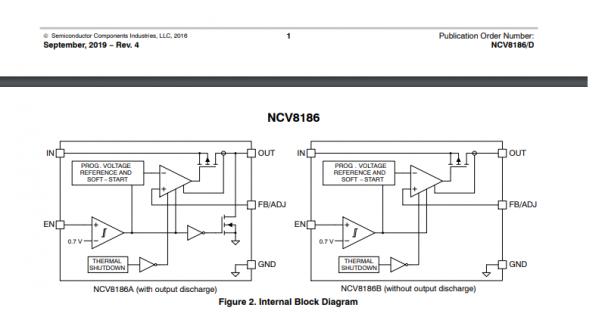W5ZZO
Well-known member
I have used a Teensy 4.1 from a 5V regulated supply, and taken a small amount of power from the 3.3V pin (near the 5V in) for a voltage divider circuit (so that I had the same reference voltage that the ADC was using). I also know how/why to cut the little trace so as not to mix my USB 5V with my supply when using an external 5V supply.
I was thinking (very dangerous concept at my age) that I should cut the trace and run a project I am planning all from a small 3.3V regulated supply (everything else is also 3.3V).
So my question is, can I just power the Teensy 4.1 by connecting a 3.3V supply to the 3.3V pin next to pin23/A9? Or is that dangerous in some way I have not grasped?
I know I won't have any +5V for the USB host, and for this design I can sacrifice that capability in the interest of a more minimal project size/complexity.
- Wes, W5ZZO
I was thinking (very dangerous concept at my age) that I should cut the trace and run a project I am planning all from a small 3.3V regulated supply (everything else is also 3.3V).
So my question is, can I just power the Teensy 4.1 by connecting a 3.3V supply to the 3.3V pin next to pin23/A9? Or is that dangerous in some way I have not grasped?
I know I won't have any +5V for the USB host, and for this design I can sacrifice that capability in the interest of a more minimal project size/complexity.
- Wes, W5ZZO


